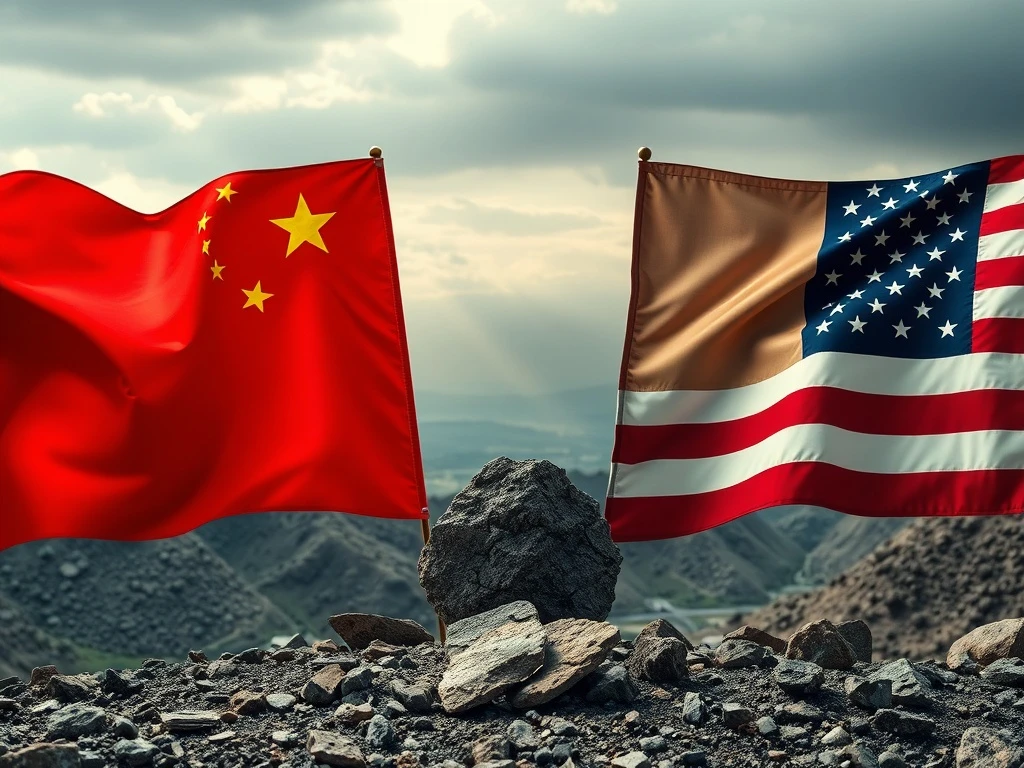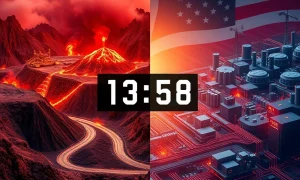The global technology race faces an unprecedented crisis as China tightens its grip on rare-earth elements, creating urgent supply chain vulnerabilities for the United States and its allies. Consequently, American manufacturers and defense contractors now confront potentially catastrophic shortages.
China’s Rare-Earth Elements Dominance Strategy
China currently controls approximately 80% of global rare-earth elements production. Moreover, the country has systematically consolidated this dominance through strategic policies. Beijing implemented export quotas and processing restrictions effectively. Additionally, Chinese companies acquired mining assets worldwide. These actions created a near-monopoly situation.
Critical Applications of Rare-Earth Elements
These minerals power essential modern technologies. Specifically, they enable:
- Defense systems – guidance systems and targeting technology
- Renewable energy – wind turbines and electric vehicle motors
- Electronics – smartphones and computers
- Medical equipment – MRI machines and medical imaging devices
Immediate Threats to U.S. Supply Chains
The United States faces multiple vulnerabilities simultaneously. American manufacturers depend heavily on Chinese exports. Furthermore, domestic production remains insufficient. Currently, only one rare-earth mine operates in the U.S. Processing capabilities are even more limited. This dependency creates national security risks. Defense contractors require these materials urgently.
Geopolitical Implications of Rare-Earth Control
China’s dominance provides significant geopolitical leverage. The country can weaponize rare-earth elements during disputes. Previously, China restricted exports to Japan. This action demonstrated its willingness to use this power. Other nations have taken notice accordingly. Consequently, trade tensions could trigger supply disruptions.
Potential Solutions and Alternative Sources
Several strategies could mitigate these risks effectively. The U.S. must develop domestic mining capabilities. Recycling programs should expand significantly. International partnerships need strengthening. Australia and Canada offer promising alternatives. Additionally, research into substitute materials continues.
Timeline for Action and Implementation
The window for response is closing rapidly. Developing new mines requires 7-10 years. Processing facilities need similar timelines. Therefore, immediate action becomes essential. Congress has proposed legislation recently. Funding for domestic production is increasing. However, progress remains too slow.
Economic Impact of Supply Disruptions
Price volatility already affects markets significantly. Any major disruption would cause:
- Manufacturing shutdowns across multiple industries
- Technology product shortages globally
- Defense production delays and cost increases
- Stock market reactions and investor uncertainty
Frequently Asked Questions
What are rare-earth elements exactly?
Rare-earth elements comprise 17 metallic elements crucial for modern technology. They include neodymium, dysprosium, and praseodymium. These materials enable miniaturization and efficiency in electronic devices.
Why does China dominate rare-earth production?
China invested heavily in mining and processing infrastructure decades ago. The country also maintained lower environmental standards. These factors combined created cost advantages that other nations couldn’t match.
How long would U.S. reserves last during a cutoff?
Most estimates suggest 3-6 months for critical defense applications. Consumer electronics manufacturing would face immediate disruptions. Stockpiles remain inadequate for prolonged shortages.
Are there viable alternatives to rare-earth elements?
Research continues but alternatives remain limited. Some applications can use different materials. However, performance typically decreases. Most critical technologies still require rare-earth elements specifically.
What legislation addresses this issue currently?
The Rare Earth Element Advanced Coal Technologies Act provides some funding. The Defense Production Act has been invoked. However, comprehensive legislation remains pending in Congress.
Which U.S. companies are most vulnerable?
Defense contractors like Lockheed Martin and Raytheon face significant risks. Tesla and other EV manufacturers depend on these materials. Apple and technology companies also face supply chain exposure.






